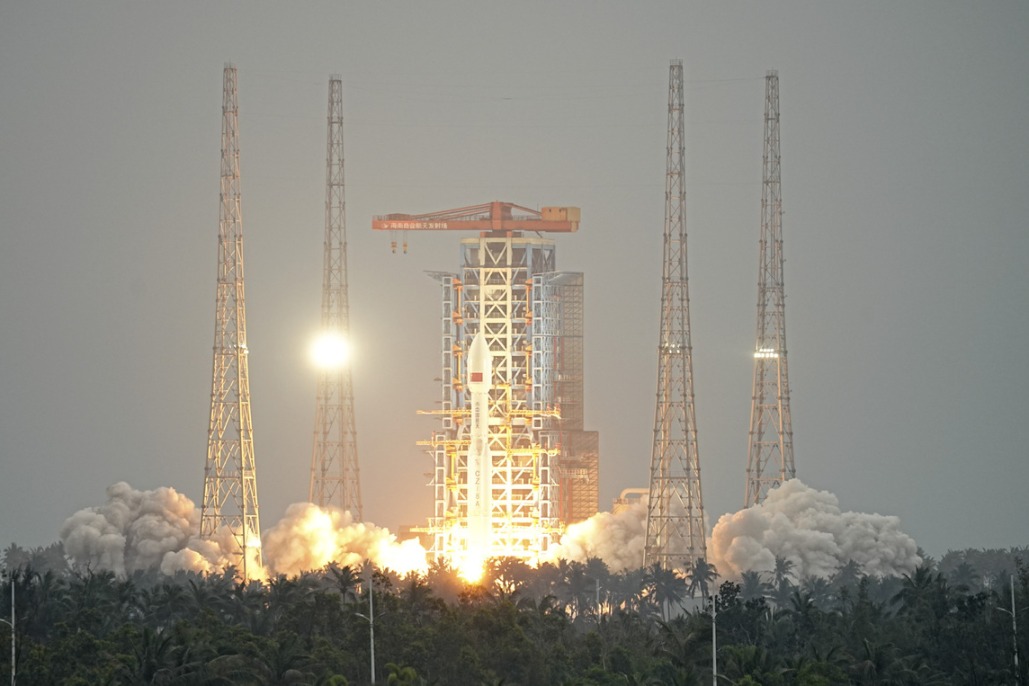Chinese scientists report first live birth of chimeric monkey


SHANGHAI -- A team of Chinese scientists has confirmed the first live birth of a monkey that contains a high proportion of cells derived from a monkey stem cell line, which paves the way for scientists to use chimeric primates to study human diseases.
The experiment demonstrated that the monkey stem cells, a type of cell able to develop into many different cell types, could efficiently contribute to placental tissues outside the embryo and germ cells.
The research team from the Center for Excellence in Brain Science and Intelligence Technology and the Guangzhou Institutes of Biomedicine and Health under the Chinese Academy of Sciences (CAS), bred the chimeric monkeys using crab-eating or long-tailed macaques.

They first established nine stem cell lines using cells removed from seven-day-old blastocyst embryos, and then placed the cell lines in culture to give them enhanced ability to differentiate into different cell types.
The stem cells were labeled with fluorescent protein to enable researchers to determine which tissues had grown out of these stem cells in any animals that developed and survived, according to the study published recently as a cover story in the journal Cell.
- China seeks public feedback on draft rules for anthropomorphic AI services
- China's top legislature concludes standing committee session
- China adopts revised Civil Aviation Law
- China launches satellite to aid in early extreme weather detection
- Report on mining accident that killed 6 suggests accountability for 42 individuals
- Law aimed at bolstering standard Chinese language education passed





































